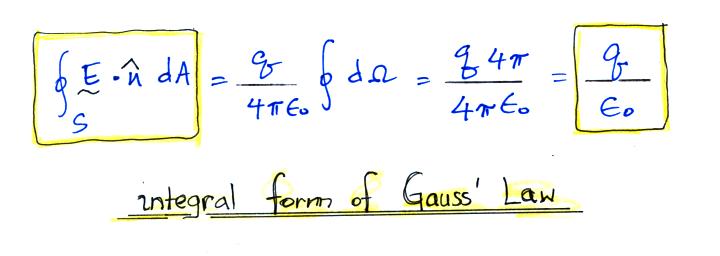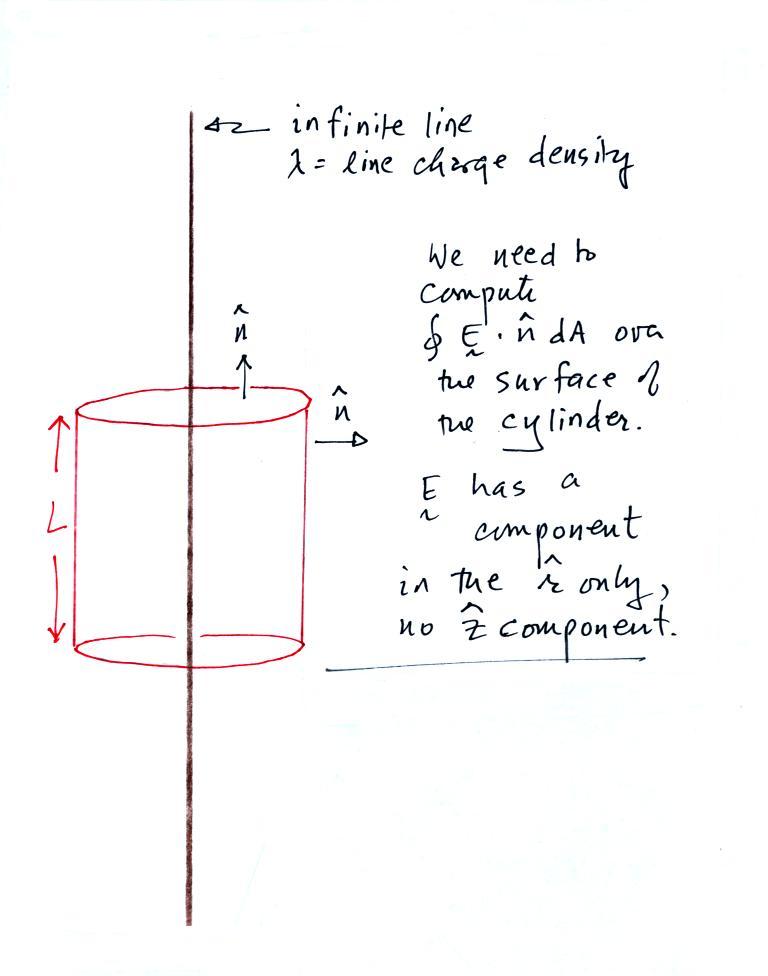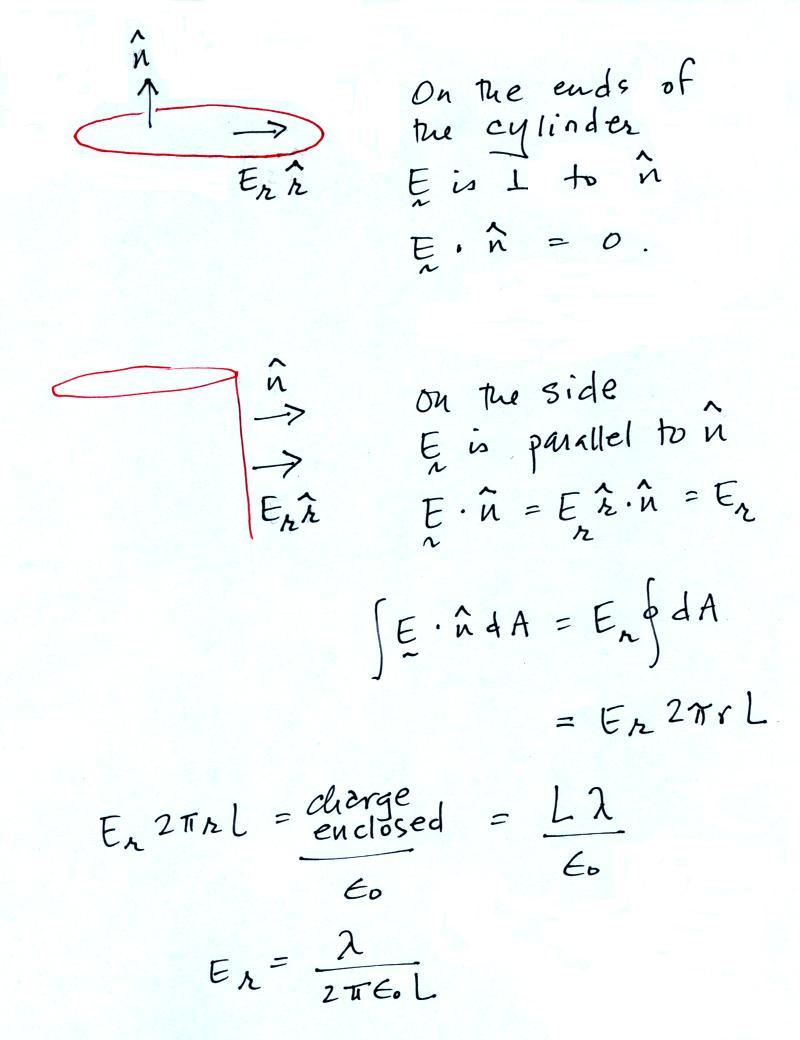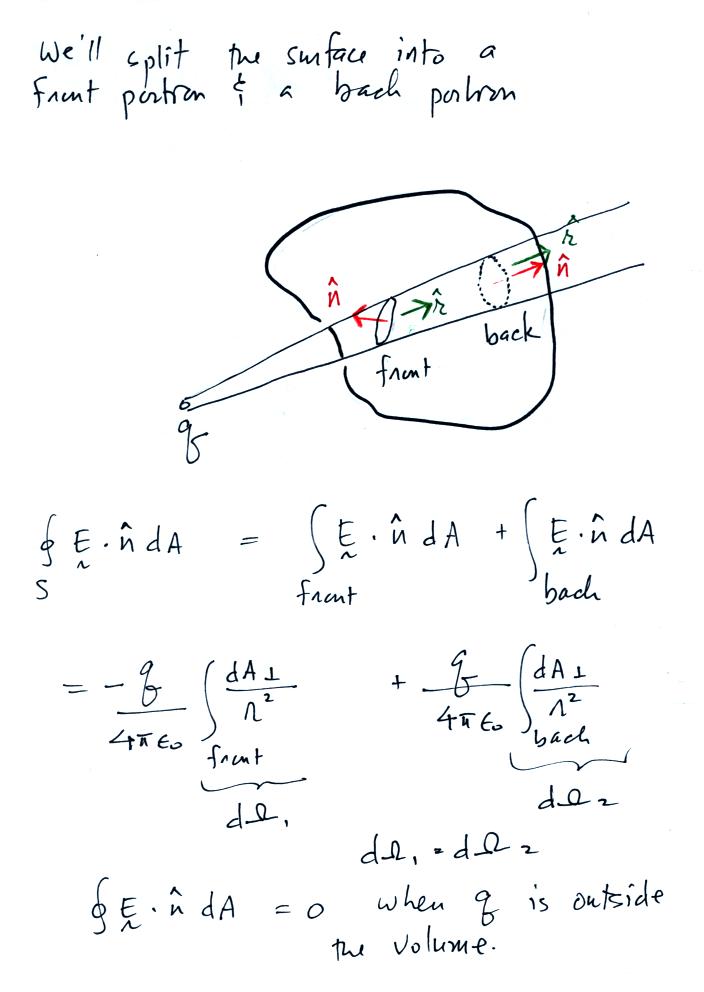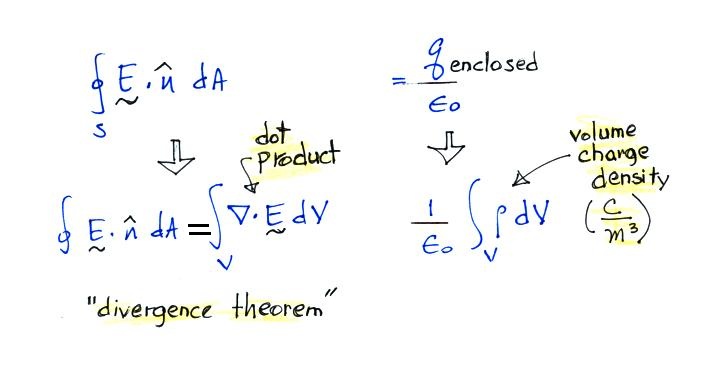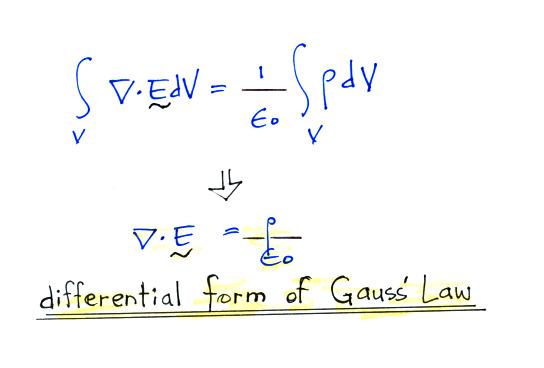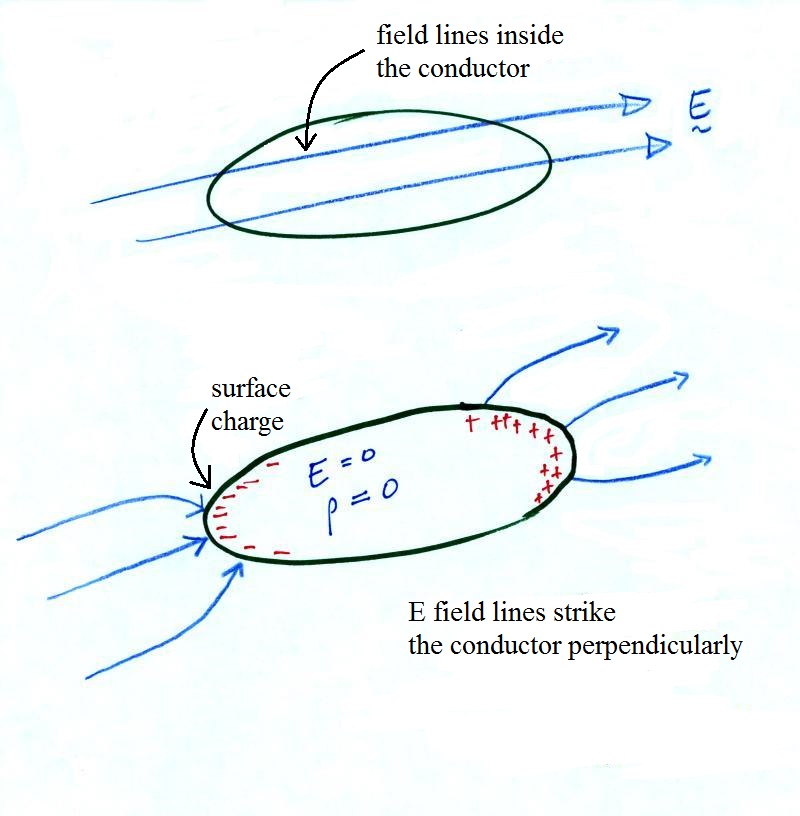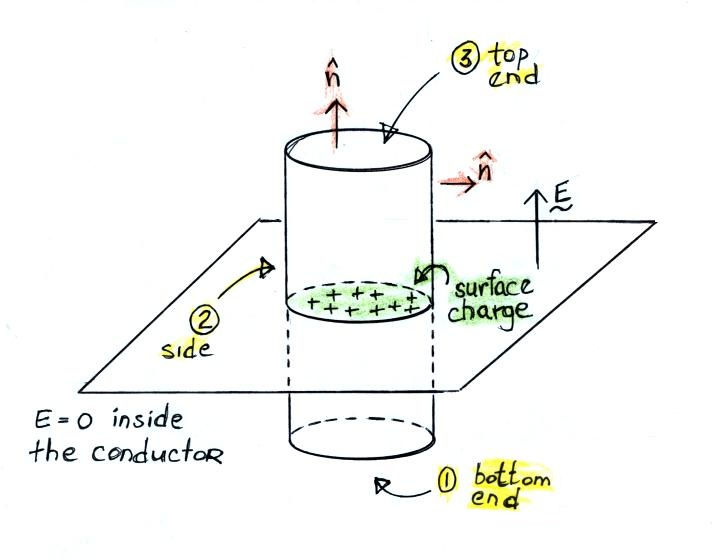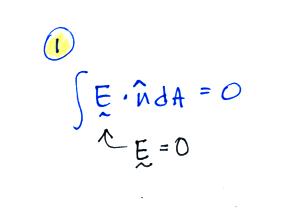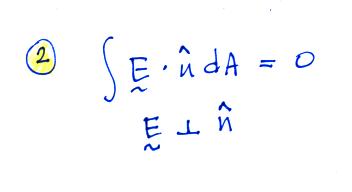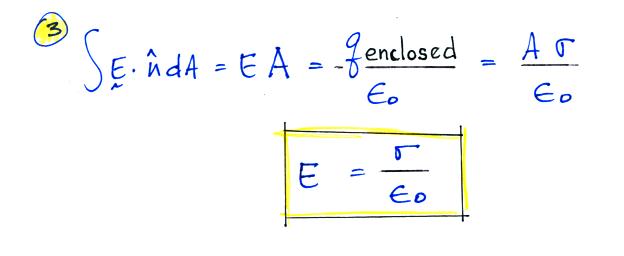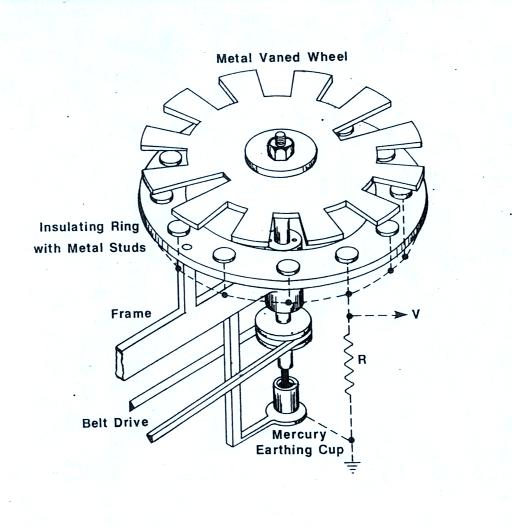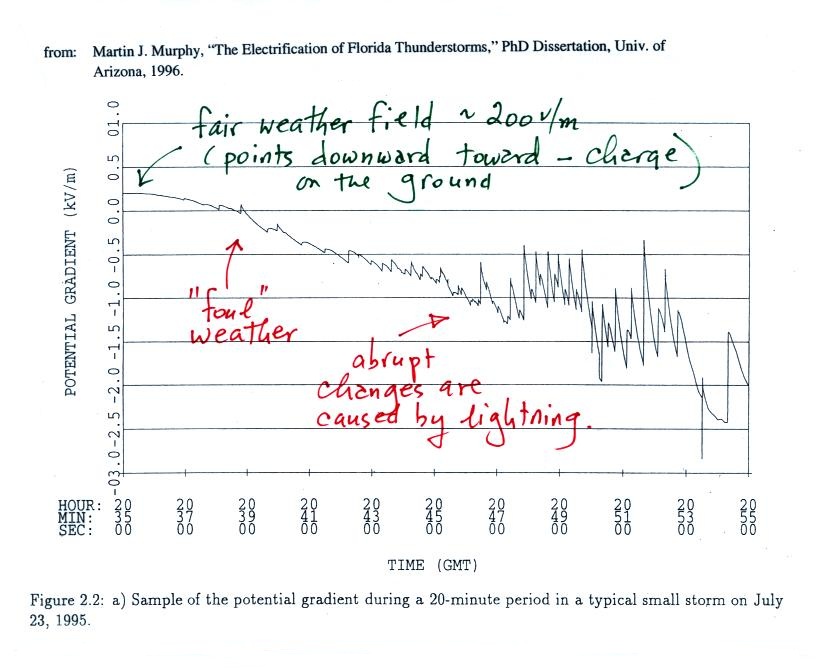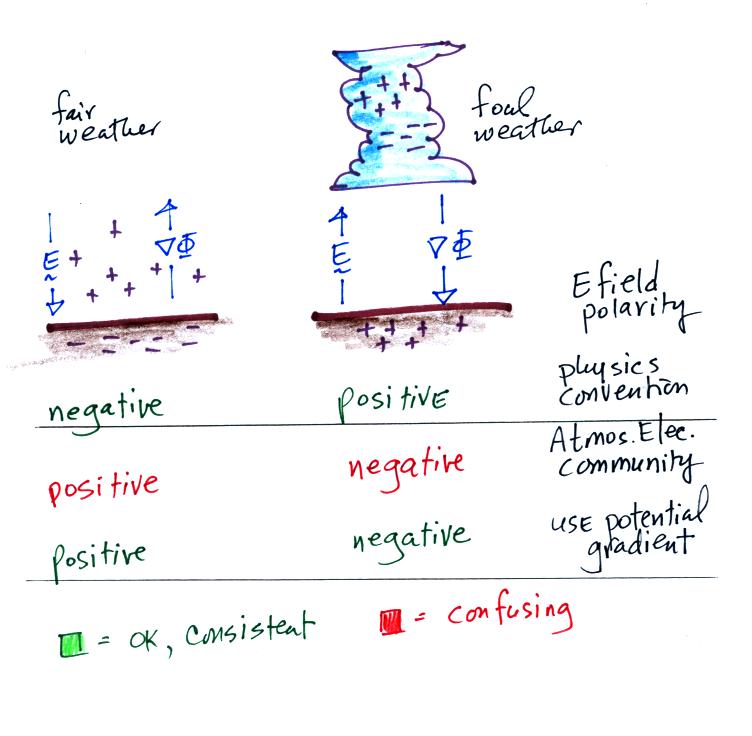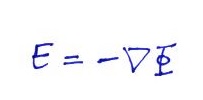The first is an
electric field mill used to measure static and slowly
time varying electric fields. Referring to the
figure below at left (from Uman's 1987 The Lightning
Discharge book). The sensors (referred to as
studs in the figure) are covered by a rotating
grounded plate. The rotating plate is notched or
slotted so that the sensors are periodically exposed
to and covered (shielded) from the ambient electric
field. A photograph of the field mill shown in
class is shown below at right (signal and power cables
are connected at the bottom of the mill).
